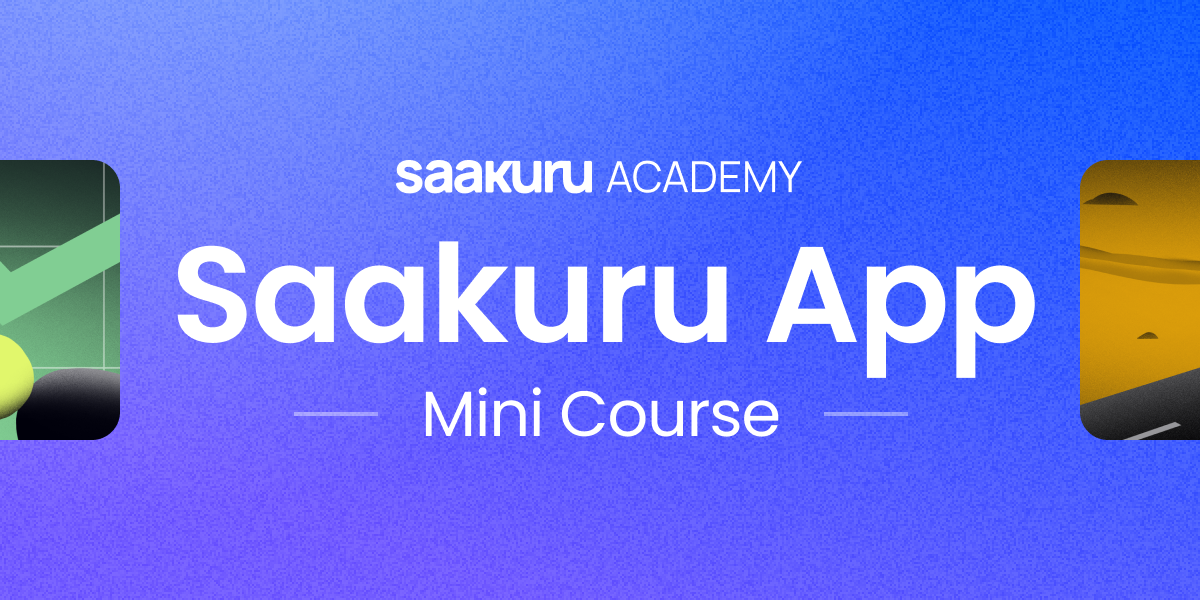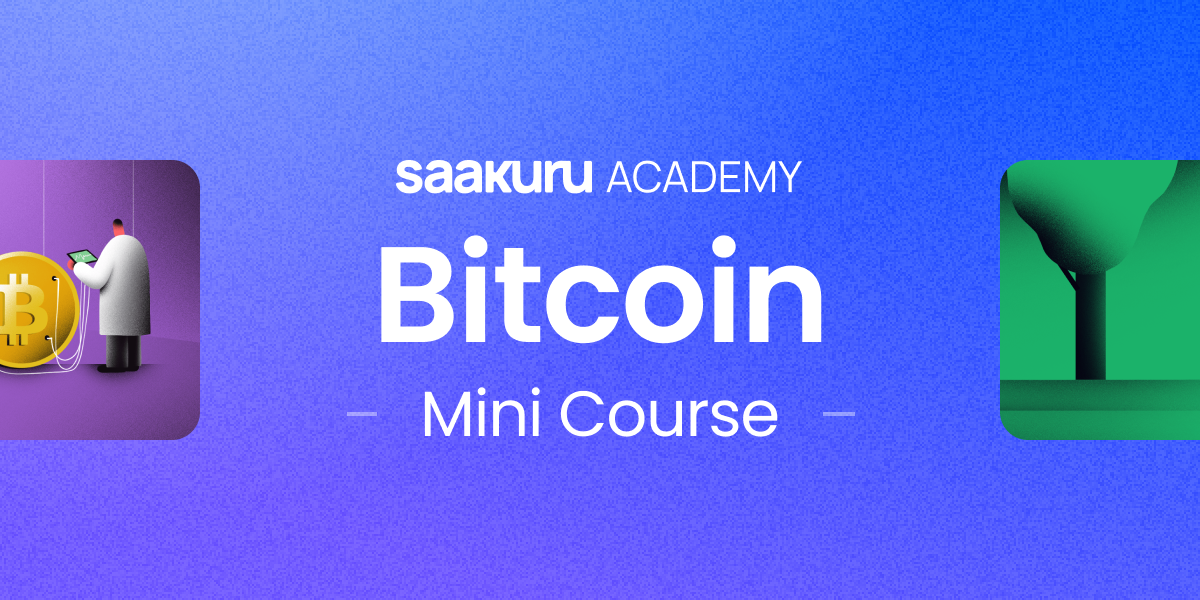
What is cryptocurrency staking?
Wouldn’t it be nice if you could be rewarded simply for investing in your favorite cryptocurrency projects and holding onto that investment? Cryptocurrency staking is a system offered by some cryptocurrencies that allow exactly that. Users offer up or “stake” some of their tokens to earn a percentage-rate reward over time.
With the AAG token ($1AAG), for instance, you simply stake some of the tokens you hold through the AAG website and leave them there to be rewarded with more AAG tokens. Rewards are determined by the number of tokens you stake, how long you leave them in for, and in some cases, whether you hold any “boosts” that can increase your reward rate.
In this AAG Academy guide, we’ll explain how staking works, why it is an attractive reward system for many investors, and look at some of the cryptocurrencies that support staking.
How does crypto staking work?
Like most things in the cryptocurrency world, staking can seem a little confusing if you’re new to it, but actually, it’s very simple to understand. The staking system allows you to invest some of the tokens you hold into a staking pool — which can be thought of like as an interest-earning savings account — then be rewarded with more tokens over time.
You might be wondering why you would receive more tokens for doing absolutely nothing at all. That’s because your cryptocurrency tokens are doing the work for you. The tokens you stake are used by the blockchain in what is known as a proof-of-stake (PoS) consensus mechanism, which is how transactions are processed and verified without a middleman.
Proof-of-stake is an alternative to the traditional proof-of-work (PoW) consensus mechanism that many cryptocurrencies still use today. Rather than relying on network validators to confirm transactions by solving complex cryptographic problems, it instead asks validators to simply hold and stake their tokens, reducing the amount of computational work.
You might be interested in: Things to look for before investing in crypto assets
Examples of crypto staking
There are lots of examples of crypto staking in use today, but as this is an AAG Academy guide, let’s look at the staking systems used by AAG. There are currently two, including the one we touched upon earlier, which is a single-sided staking pool. That means all you have to do is stake your $1AAG tokens to be used on the blockchain, and you receive rewards.
This particular pool receives 1.5% of the total supply of $1AAG tokens, and rewards are determined by how many tokens you stake, how long you leave them in the pool, and whether you hold any AAG NFTs, like Genesis NFTs, which boost your reward percentage.
AAG offers another staking system to incentivize token holders to contribute to liquidity on SushiSwap. This is referred to as liquidity pool (LP) staking, and it allows you to put some of your tokens into the LP so that they can be used for cryptocurrency swaps. This pool receives 4.5% of the total $1AAG supply to compensate for the risks involved with LP staking.
Rewards for LP staking are determined by the number of tokens you add to the LP, how long you lock those tokens in for, when you add to the LP, and whether you hold AAG NFTs.
What is the benefit of crypto staking?
Staking is seen as a way to put your cryptocurrency tokens to good use, rather than just leaving them to sit in your wallet. If you do nothing with your tokens, the amount you hold will never change, since they don’t earn any interest sitting in your wallet. But if you stake them, the amount of tokens you hold ends up growing over time.
Furthermore, staking helps contribute to the efficiency and security of the cryptocurrency project you’ve invested in, which is obviously good for everyone. Staking makes the blockchain itself more resistant to attackers and improves its ability to process transactions. Some projects also offer “governance tokens” as a reward, which give holders a say in the future of the project.
You might be interested in: What is yield farming?
What are the risks of crypto staking?
By now you’re probably thinking that staking is an easy way to increase your cryptocurrency investment, and while that’s true, you should be aware that there are some risks involved — as is usually the case with most things in the cryptocurrency world — before you start.
One of the biggest risks to consider is that staking requires you to “lock” your tokens into a pool for a certain period of time. Some projects let you decide how long your tokens are staked for, but it’s important to remember that once your tokens are locked, there is no way to access them until the staking period ends. You cannot pull them out early, which means if token prices rise significantly and you want to cash in on your investment, you’re out of luck.
There are greater risks involved with LP staking, which is why the rewards are usually greater. With LP staking, if the value of your tokens rises or falls while they’re staked — which it almost certainly will — you may not get back the same number of tokens you put in. In certain cases, like when the price of the token rises significantly, you can end up with less. This is called impermanent loss.
References
- https://www.coinbase.com/learn/crypto-basics/what-is-staking#staking-risk
- https://litepaper.aag.ventures/the-usdaag-token/staking
- https://www.investopedia.com/terms/p/proof-stake-pos.asp
- https://academy.binance.com/en/articles/impermanent-loss-explained
Frequently Asked Questions
In addition to AAG, lots of other projects also offer token staking, including:
- Ethereum (ETH)
- Tether (USDT)
- Terra (LUNA)
- USD Coin (USDC)
- Polkadot (DOT)
- Tezos (XTZ)
The first step in the staking process is to acquire some of the cryptocurrency tokens you wish to stake. You will have to do this either through a centralized exchange (CEX) or a decentralized exchange (DEX), depending on where the token is listed. Once you have some tokens, you can follow the official staking process outlined by the project you’ve invested in.
Staking is only supported by cryptocurrencies that use the proof-of-stake (PoS) consensus model, so those that use proof-of-work (PoW) cannot offer it.
Yes. Proof-of-stake (PoS) is the consensus mechanism some cryptocurrency projects use to validate transactions on the blockchain. Staking is a system that allows cryptocurrency holders to contribute to that mechanism by offering up their tokens.
Disclaimer
This article is intended to provide generalized information designed to educate a broad segment of the public; it does not give personalized investment, legal, or other business and professional advice. Before taking any action, you should always consult with your own financial, legal, tax, investment, or other professional for advice on matters that affect you and/or your business.
Get news first
Be the first to get our newsletter full of company, product updates as well as market news.

















